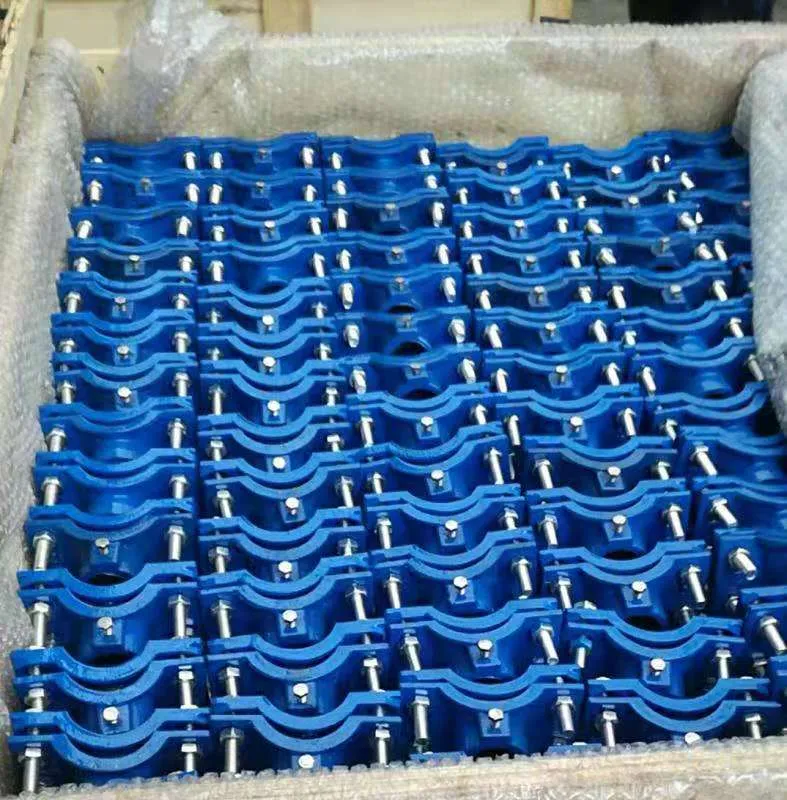removable grating
Understanding Removable Gratings An Overview
Removable gratings are essential components widely used in various fields, particularly in the realms of architecture, engineering, and manufacturing. Their primary function is to provide access while maintaining structural integrity and safety in places such as walkways, rooftops, and industrial settings. This article delves into what removable gratings are, their benefits, applications, and considerations during implementation.
What are Removable Gratings?
Removable gratings are typically made from materials such as steel, aluminum, or fiberglass and are designed to be easily installed and removed when needed. Unlike permanent grating systems, removable gratings offer flexibility, allowing for maintenance, inspection, or modifications of the underlying structures. They can be engineered in various designs, including pressed, welded, or bolt-on gratings, catering to specific needs and loads.
Benefits of Removable Gratings
One of the primary advantages of removable gratings is their ease of access. In industrial settings, for example, workers may need to frequently inspect or service equipment located beneath the grating. Removable gratings facilitate quick access without requiring significant downtime or complex disassembly. This not only enhances operational efficiency but also promotes workplace safety by ensuring that areas can be inspected regularly.
Additionally, removable gratings contribute to versatility in design
. They can be customized to fit specific structural requirements and load capacities, making them suitable for both heavy-duty applications and lighter-duty use. The choice of material also plays a significant role; for instance, fiberglass gratings are excellent for corrosive environments, while steel gratings offer strength and durability for heavy loads.Applications of Removable Gratings
removable grating

The applications of removable gratings are extensive. In construction, they are used in buildings for rooftop access, allowing maintenance personnel to reach mechanical systems without compromising the safety of the structure. In manufacturing, they create access platforms over machinery, supporting safe operations and routine checks.
Moreover, removable gratings are essential in wastewater treatment facilities, where access to tanks and equipment is necessary for maintenance. They also find utility in railways and pedestrian walkways, providing safety without obstructing critical access points.
Considerations in Implementation
When implementing removable gratings, several factors should be considered. Load capacity must be assessed to ensure the grating can support the weight of personnel and equipment. Additionally, the location and environment play critical roles; for instance, gratings exposed to chemicals may require corrosion-resistant materials.
Moreover, safety standards and regulations must be adhered to, ensuring that removable gratings meet all necessary codes for public spaces and facilities. Regular inspections and maintenance of the gratings themselves are also vital to ensure long-term usability and safety.
Conclusion
In conclusion, removable gratings are indispensable assets across various industries, enhancing both safety and efficiency. Their ability to provide access while maintaining structural integrity makes them a favored choice in environments where maintenance and flexibility are paramount. Understanding their benefits, applications, and implementation considerations can lead to more informed decisions in designing and utilizing these critical components.
-
The Essential Component for Safe Urban InfrastructureNewsMay.14,2025
-
The Backbone of Urban InfrastructureNewsMay.14,2025
-
Practical and Stylish Solutions for Your Drainage NeedsNewsMay.14,2025
-
Lamphole Frame and Cover: Essential for Urban InfrastructureNewsMay.14,2025
-
A Seamless and Aesthetic SolutionNewsMay.14,2025
-
A Must-Have for Safety and DurabilityNewsMay.14,2025
-
Pipe Repair Clamps: Your Ultimate Solution for Efficient RepairsNewsMay.09,2025
